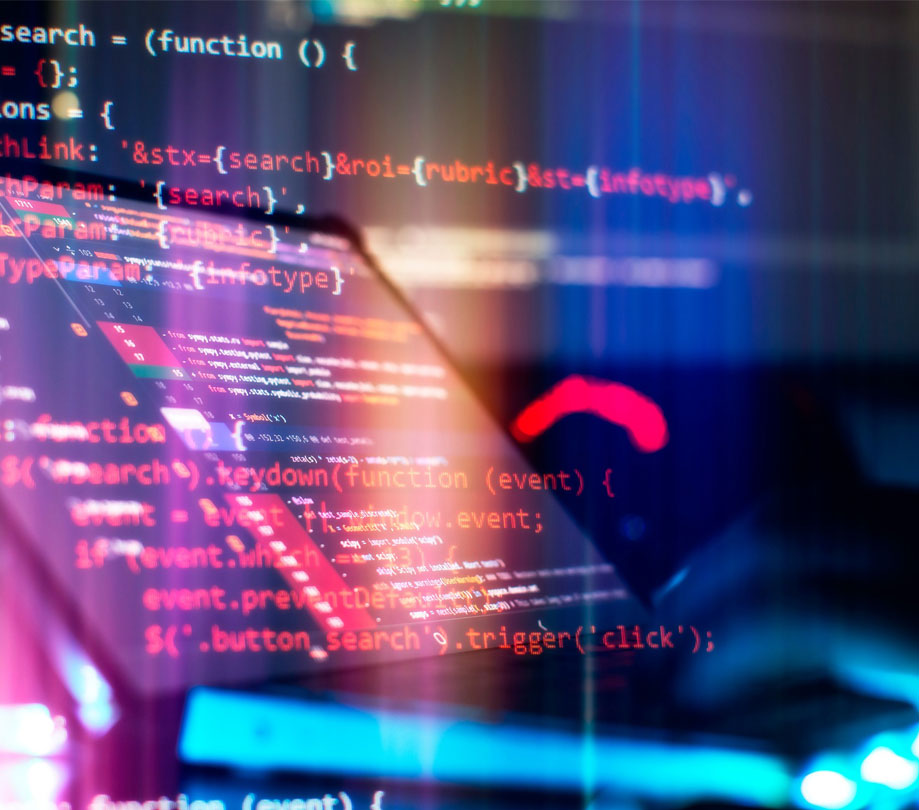Why you should care about developing on blockchain
Wednesday, May 15, 2024

|
Richard Harris |
Marc Vanlerberghe from the Algorand Foundation explains why Python developers should consider blockchain as an essential tool due to the synergy between Python's clean syntax and powerful libraries with blockchain's secure, versatile technology. Learn about the learning curve, blockchain components, open-source collaboration, and how Python developers can harness blockchain to build innovative AI systems, IoT micropayments, and more.
Blockchain should be a core component of your toolbox as a Python developer. Why? Because Python’s smooth syntax and robust libraries go hand-in-hand with the secure and powerful technology that is blockchain. Let’s explore how Python developers can benefit from learning how to build on a blockchain. We will unpack the learning curve, the core components of blockchain, the strength of open-source collaboration, and what you can actually build with blockchain—including auditable AI systems, micropayments for Internet of Things (IoT) systems, and more.
1. An easy learning curve
Much of what deters developers from building on a blockchain is the learning curve. Previously they have had to pick up new languages like Bitcoin Script and EVM opcodes, or employ syntactic dialects of common programming languages, such as Solidity. Both of which take time and effort to reach a high enough level to build an app on a blockchain.
Now Python developers can make a smooth transition to blockchain development and learn the core concepts of the decentralized technology in a language they’re familiar with. Python also already has rich libraries to support developing on a blockchain and building smart contracts.

2. The power of disintermediation
An attractive feature of blockchain is its ability to facilitate peer-to-peer transactions, meaning they happen directly between one part and another without the need for a third party. By facilitating secure peer-to-peer interactions, blockchain eliminates the need for intermediaries, potentially reducing transaction fees and streamlining workflows.
Smart contracts can increase this efficiency further by automating tasks previously performed by a third party. Python developers can build marketplaces from the ground up, with smart contract escrow accounts and atomic transfers that guarantee all parties trustlessly receive their assets.
3. Immutability and transparency
One of the main selling points of blockchain is its tamperproof nature—anything can be recorded and a blockchain and never altered again. This gives developers a platform to build applications with a verifiable history. Public blockchains further enhance this by allowing anyone to access the ledger, ensuring unprecedented transparency. This gives Python developers the opportunity to create innovative applications across domains. Imagine a tamperproof supply chain, providing all stakeholders with verifiable product-tracking data.
4. Open-source development
Of course, there are many open-source Web2 projects, but blockchain takes this open-source philosophy to the next level. Its decentralized and transparent nature has given rise to extensive open-source code bases, vibrant developer communities, and a consistent drive towards collaboration. This turbo-charges the learning process, enabling Python developers to get to grips quickly and build innovative blockchain applications.

5. Auditable and trustworthy AI systems
Trust and transparency is crucial in the age of AI. Blockchain enables Python developers to create auditable AI systems. For example, you could record an AI’s decision-making process on a blockchain, fostering accountability and error-tracing. Let’s face it, the internet is full of misleading information, increasing even more so with the wave of AI-generated content now out there. Python developers can leverage blockchains to build systems that not only store data but also also verify its source and integrity. This in turn could ensure that AIs are trained on reliable information, leading to more trustworthy outcomes.
6. Decentralized identity solutions
We may also be entering a future where it’s more important than ever to prove your identity and your humanity in a world of AI. This is where Python-powered digital identity solutions come in. Decentralized digital identifiers (DIDs) are essentially digital passports, where a user’s identity is verified on the blockchain. A user would carry their DID around the internet logging into platforms and services, then logging out and taking their information with them. These identifiers could further be used to prove that your interactions on the internet are human. DIDs hold potential beyond logins; they could also be shared with service providers to verify your identity. All of these solutions can be built from and powered by Python.

7. IoT and micropayments
Python developers can leverage blockchain technology to facilitate secure data exchange within the Internet of Things (IoT). Blockchain can also be used to build historical data about objects like sensors or metrics. By combining Python’s robust libraries with blockchain, developers can enable seamless data exchange without a centralized authority. To incentivize IoT usage, blockchain can also facilitate micropayments. Python developers can build automated micropayments between devices by defining logic and conditions in a smart contract that will execute on the Algorand blockchain. These tiny, trustless transactions would allow companies to gather valuable data from smart homes, while rewarding users for sharing their information.
8. Innovative new ownership models
The concept of ownership is taking on new meaning with the rise of blockchain and Python empowers developers to unlock the power of tokenization. Developers can write smart contracts in Python on Algorand to tokenize anything from real estate to artwork to intellectual property. With Python, developers can take this concept even further by creating systems that break down assets into fractions and facilitate fractional ownership, making investment in traditionally inaccessible assets possible for a broader audience.
Python is proving itself to be a powerful tool that enables developers to build on blockchain quickly and with ease. Blockchain is unlocking a new standard of applications that promote disintermediation, trust, and innovation. From auditable AI to decentralized identity solutions to micropayments in the IoT, it’s the combination of Python and blockchain that will enable builders to break new ground, reshaping the ways we interact with technology.

Become a subscriber of App Developer Magazine for just $5.99 a month and take advantage of all these perks.
MEMBERS GET ACCESS TO
- - Exclusive content from leaders in the industry
- - Q&A articles from industry leaders
- - Tips and tricks from the most successful developers weekly
- - Monthly issues, including all 90+ back-issues since 2012
- - Event discounts and early-bird signups
- - Gain insight from top achievers in the app store
- - Learn what tools to use, what SDK's to use, and more
Subscribe here











